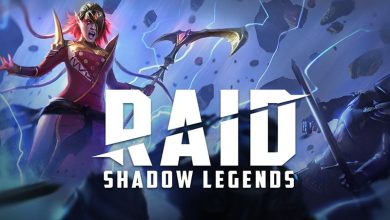AI is a Revolution for Candy Crash Saga

The spotlight on AI at this year’s Game Developers Conference couldn’t be brighter, as showcased by companies like Inworld and Nvidia. These demonstrations, especially a notable Ubisoft-Nvidia collaboration, highlighted AI’s potential in gaming, from real-time NPC interactions to broader discussions about its role in the industry. While concerns loom about AI’s impact on creative jobs, its application in games like Candy Crush Saga presents a compelling argument for its beneficial use.
The Art of Level Design with AI
King’s innovative use of AI in game development, especially for the beloved Candy Crush Saga, has been a game-changer. According to Sahar Assadi, Director of AI Labs at King, AI is not replacing designers but rather assisting them. This approach helps in crafting game levels with precision, significantly cutting down the trial and error part of the process. By simulating thousands of playtests, AI provides detailed feedback on the challenge level and playability, allowing designers to refine their creations efficiently.
AI: Beyond Playtesting
King’s application of AI stretches beyond mere playtesting. It plays a crucial role right from the initial stages of level design, acting as a source of inspiration and quality assurance. This ensures that each level not only meets the designer’s vision but also adheres to a high standard of fun and engagement. This strategy is crucial in maintaining player interest over thousands of levels and avoiding pitfalls like the infamous Level 65, which historically led to a significant drop-off in player numbers.
Balancing Innovation and Tradition

The use of AI in game development, particularly in Candy Crush Saga, highlights a delicate balance between leveraging new technologies and preserving the creative essence of game design. As AI continues to serve as a co-pilot, enhancing the design process without overshadowing the human element, it reinforces the idea that technology, when used wisely, can foster creativity and innovation rather than stifle it. This blend of AI and human ingenuity promises a bright future for game development, ensuring games remain fun, engaging, and ever-evolving.




